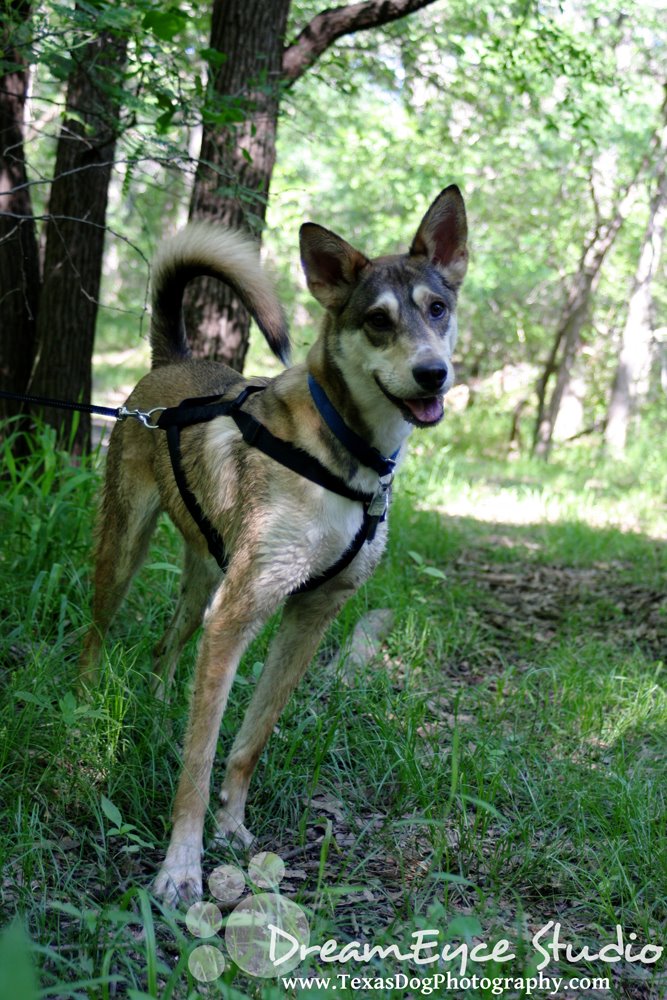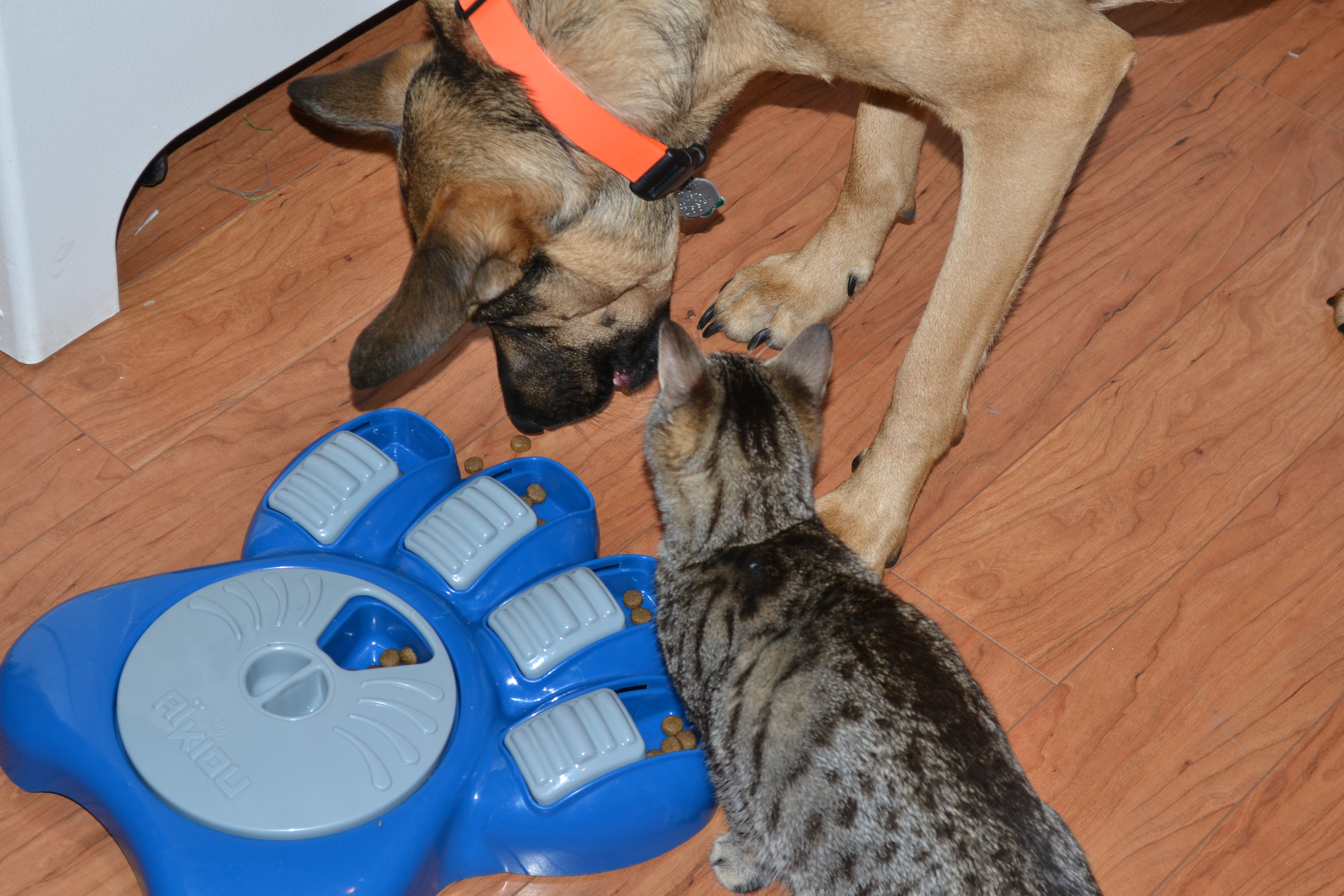Dogs are emotional beings. This is a new concept to me as when I was a Dog Whisperer fan I believed dogs did not have personalities, but rather that they were either dominant or submissive. Now that I have completely dropped this kind of thinking, as a biologist I am looking at how a species evolved and survived. Dogs do not have the ability to think logically or think about the consequences of their actions like people can. Animals rely heavily on the experiences they have had before in order to deal with new situations.
Animals learn by using what works. It is a subconscious process that makes them increase the frequency of a behavior that achieves what they want. If a certain behavior doesn’t work to help them get what they want, they will quit that behavior. For example, if someone has a dog that jumps and the dog gets attention when it jumps (positive or negative attention), then the dog will continue to jump. However, if the dog is ignored when it jumps – if it doesn’t even receive eye contact, then it has not achieved what it wanted and it will begin to look for other ways to get attention. This is when trainers recommend waiting for the dog to sit (without any command) before giving eye contact or attention.
Clicker training is so effective because it lets the dog (or animal) know EXACTLY what it did correctly. Once a dog knows what the clicker is, it is fun to watch the light-bulb go off in their mind. Clicker training not only teaches your dog what to do, but this positive method also encourages your dog to offer up behaviors that it has already been taught. Since the dog is not fearful of being wrong, the dog can try different things he knows to try to guess what you want. It becomes a game that builds an incredible bond between human and dog.
There has been a debate about whether or not it is important to use a clicker or if saying the word “Yes!” is enough. Some research has supported that using a clicker is more effective for learning. The article The Neurophysiology of Clicker Training goes into depth in describing the neurophysiology of why a clicker impacts brain pathways in a certain way that a simple word cannot. This article states that the click from the clicker reaches the same area of the brain as conditioned fear responses which means that there is a quick learning event that occurs. Often it only takes one event for a conditioned fear response to be formed – it is a kind of survival mechanism. The clicker takes advantage of this quick learning technique, but instead of a fear response Karen Pryor and Barbara Schoening believe it is a “joy” response. The clicker is a quick marker, but it also produces a long retention time for the behavior it shapes.
As a biologist, this article got me thinking and I appreciated a decent explanation as to why the clicker works so well! If anyone has any more up-to-date research articles that have looked into this further, I would be quite interested in reading them! Please leave a comment below so that I can look them up and read some more.





